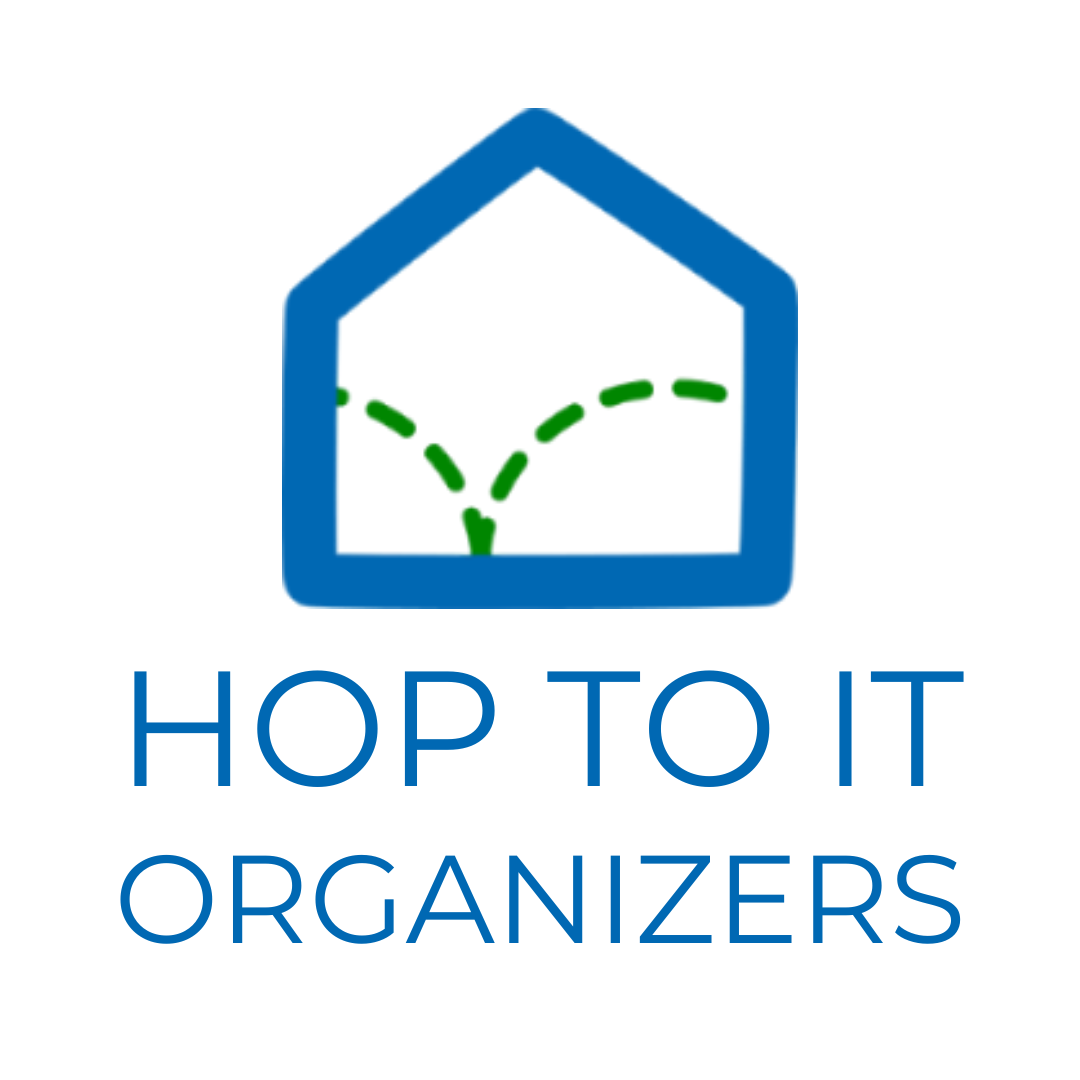The Pitfalls of New Year’s Resolutions for Getting Organized: A Practical Approach to Lasting Change

Every New Year, countless individuals embark on a journey to transform their lives through resolutions. Common aspirations include getting organized—clearing clutter, streamlining routines, and embracing a structured lifestyle. However, the sad reality is that many of these resolutions fall by the wayside before January comes to a close. Why is it that despite the best intentions, New Year’s resolutions about getting organized often don’t work?
The Pitfalls of New Year’s Resolutions
Vague Ambitions
One of the primary reasons New Year’s resolutions fail is their often vague and lofty nature. Resolving to “get organized” is a broad and ambiguous goal that lacks a clear roadmap for success. Without a detailed plan, it becomes challenging to make progress.
Overwhelming Expectations
The excitement of a new year can cause individuals to overestimate what they can realistically achieve. Therefore, Attempting to declutter an entire home or revamp all daily habits in one go can quickly become overwhelming, leading to frustration and abandonment of the resolution.
Lack of Accountability
Making resolutions in isolation, without external support or accountability, makes it easy to slip back into old habits. The absence of a structured plan and regular check-ins makes it challenging to stay on track and maintain momentum.

A Better Approach: Creating Achievable Plans and Simple Systems
Instead of relying on the fleeting motivation of New Year’s resolutions, a more effective approach to getting organized involves creating achievable plans and implementing simple systems. Here are three actionable steps to guide you in the process:
Set Specific, Attainable Goals
Start by breaking down the broader goal of getting organized into specific, manageable tasks. Instead of aiming to declutter the entire house in a day, focus on one room or even one area within a room. Make your goals SMART—Specific, Measurable, Achievable, Relevant, and Time-Bound. Here’s a great article by one of my favorites, Brian Tracy, about setting SMART goals.
Create a Step-by-Step Action Plan
Develop a detailed action plan outlining the steps required to achieve each goal. For example, if your goal is to declutter your workspace, your action plan might include tasks such as sorting through paperwork, purging unnecessary items, and organizing supplies. Having a step-by-step plan provides clarity and a roadmap for success.

Implement Simple Organizational Systems
The implementation of simple systems often achieves sustainable organization. Whether it’s a designated area for incoming mail, a weekly schedule for tidying up, or a digital filing system for important documents, create systems that are easy to maintain. Simple systems prevent clutter from accumulating and make it easier to stay organized over the long term.
Establish Accountability
Share your goals with a friend, family member, or colleague who can serve as an accountability partner. Regular check-ins and mutual support can significantly increase the likelihood of success. Additionally, consider using tools such as calendars, reminders, or apps to track your progress and celebrate small victories along the way.
Conclusion
The allure of a fresh start in the New Year is powerful, but lasting change requires more than a fleeting resolution. By acknowledging the pitfalls of vague goals, overwhelming expectations, and lack of accountability, and instead opting for a practical approach involving specific, achievable plans and simple organizational systems, you set yourself up for success. Remember, transformation is a journey, and taking small, consistent steps will lead to a more organized and fulfilling life—one that extends far beyond the initial excitement of a New Year’s resolution.




